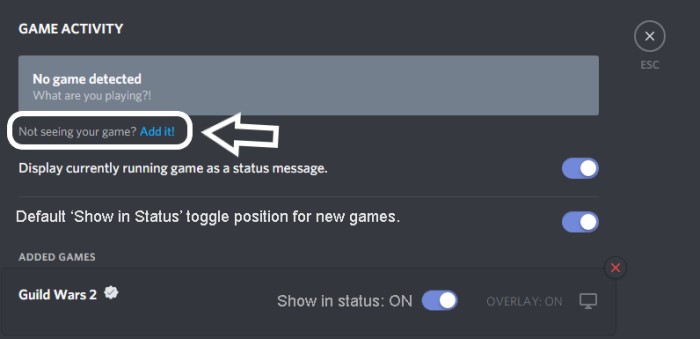


These should be autofilled with the properties of the audio on the video file. Specify the resolution and file type you want to save as.

Choose “Save As…” and the Save As dialogue should open. (Note: if the program asks you to specify the resolution of the file before it can import it, make sure you have the latest version of the software, or try with a different program.) The file should display in the Files pane on the left side of the screen, perhaps after a few seconds of processing. Drag the file into the program window, or choose “Open…” and choose the file. Here are general instructions for using an audio editing program: Other video-based programs may have the ability to export a video as “audio only,” so that is also option. Audacity (free) also works but requires the installation of a the FFmpeg library first. Using either of the popular editing programs Ocenaudio (free) or Adobe Audition (subscription based), extracting audio is as easy as dragging the file into the program, then performing a Save As on the resulting file. Luckily, it’s easy to extract the audio track from a video file and treat it like any other sound recording. However, if you have a video where the audio is the main focus, you should upload the recording as an audio file rather than a video. Taking a video can be an easy way to capture an interesting sound in the field if you don’t have another recording device.


 0 kommentar(er)
0 kommentar(er)
